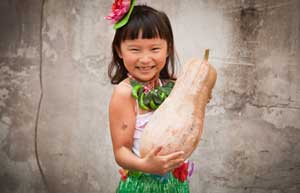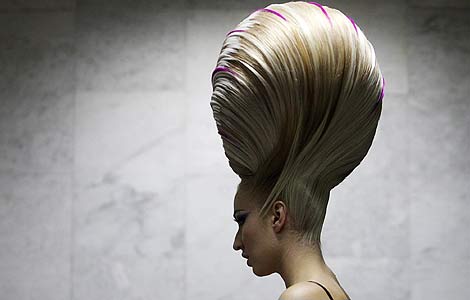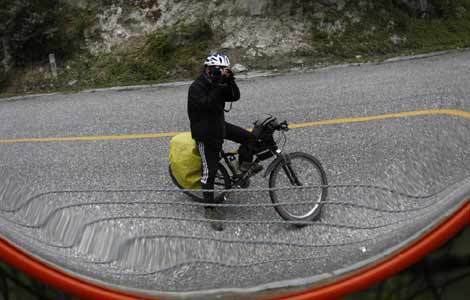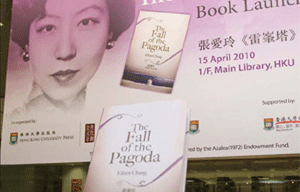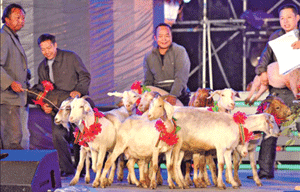Steamed, baked and roasted breads
Updated: 2011-10-05 11:27
By Deng Zhangyu (China Daily)
|
|||||||||
In ancient China, wheat and other cereals played an important part in the food chain, and with the knowledge of grinding the grains into flour, noodles, dumplings and breads became part of the daily staples.
According to legends, King Liu Bang from the Han Dynasty (206 BC-AD 220) asked his father to live with him in the palace. But the elderly gentleman disliked life in the palace so Liu Bang built him a miniature of his hometown to assuage his homesickness. One of the miniatures was a bakery. So, as far back as the Han Dynasty, there was bread.
Early bread were steamed, with fillings, much like the baozi (buns) today, except they were unleavened.
Wu Dalang, whose nickname was "three-inch nail" for his dwarf-like stature once sold this kind of steamed bread. He was a minor character in the Water Margin with an extraordinarily beautiful wife, a doubtful asset which caused his murder. Till now, Wu Dalang bread is popular in many southern cities.
Baked bread was said to come from the West, probably through the ancient Silk Road route. We know that in the Tang Dynasty (AD 618-907), baked bread was already so common that the Emperor Xuanzong and his favorite concubine Yang Guifei were eating it as part of the rations as they fled from the rebel army.
In the Qing Dynasty (1644-1911), the technique of bread-making had reached its peak, and breads of all types were sold in both street-side bakeries and fancy restaurants. There were accounts of a royal temple serving up a bread-only banquet, and the ingredients alone weighed more than 60 kg.
There is a widespread belief that Marco Polo missed the stuffed breads of China so much that he asked a Neapolitan chef to cook it. The chef, not having a reference recipe, had no idea how to stuff the bread. He decided to place them on top of the dough instead and started a trend that is still popular worldwide.
The Indian bread chappati also has its equivalent in China, the baked scallion pancake. The naan, too, has its versions in the Xinjiang Ugyur autonomous region, where a drool-inducing version is stuffed with minced mutton and onions.
There is a vast variety of breads offered all over China, and you would have to travel far and wide to sample them all. But you can be sure - every one is delicious.

